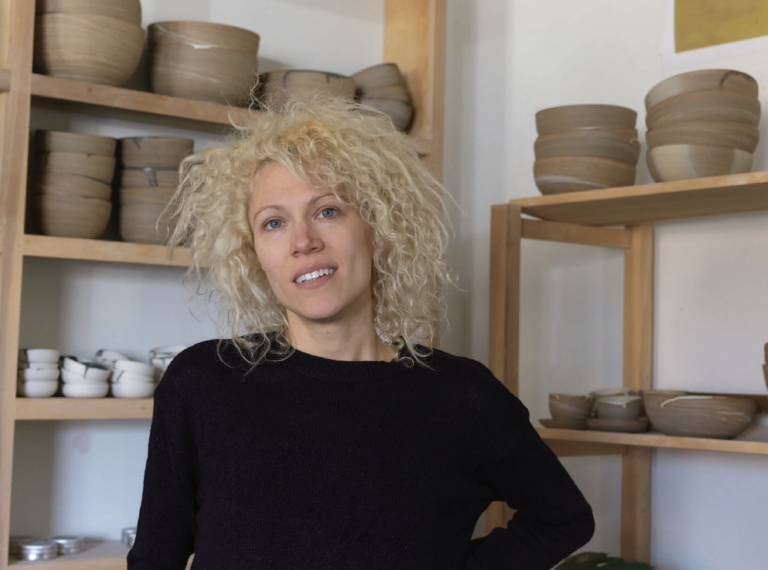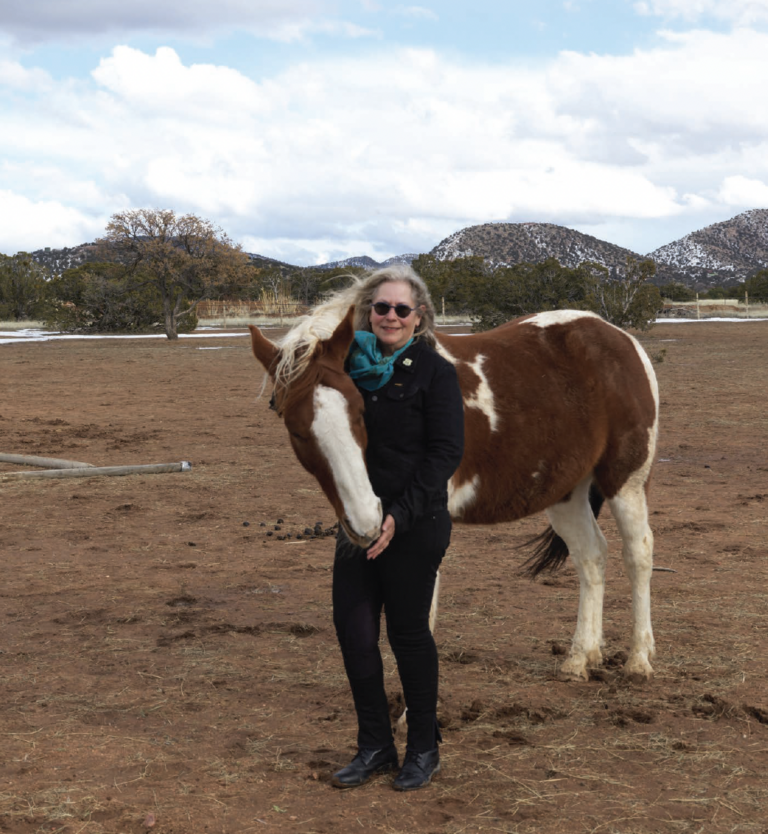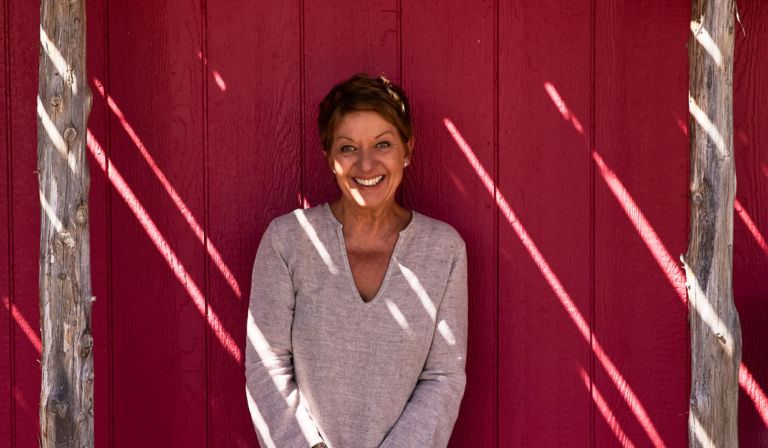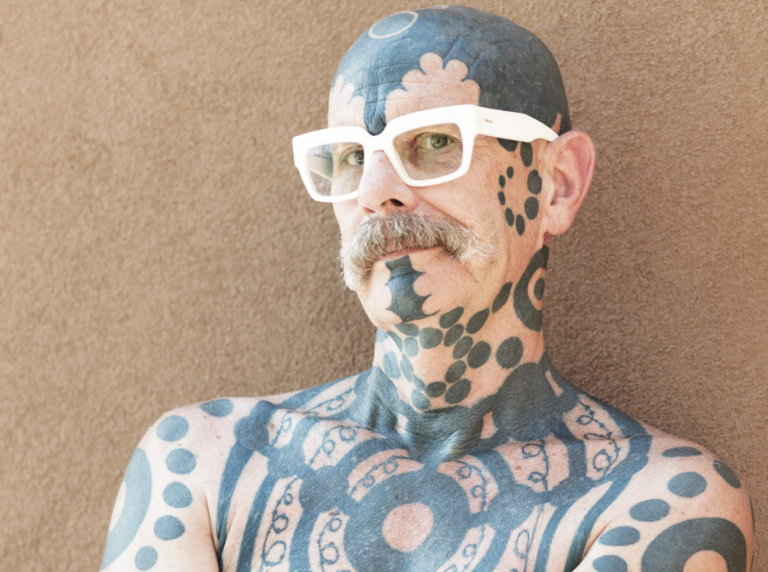JEAN WILL BE QUICK TO RESPOND that it is because she’s a santera (“saint-maker” in Spanish), a conjurer of religious images that are a profoundly New Mexican art form from the Colonial period (“One of the oldest living traditions of religious devotion practiced by Hispanic Americans,” according to the Smithsonian Museum Conservation Institute). Twenty four years ago, this fourth-generation Galistean started adding straw and corn husks to her work, producing stunningly unique and award-winning creations. Not impressed yet? She’s also the Galisteo Fire District Chief, and served for two years as vice president of the Santa Fe County Chief’s Association.
My family has deep roots in Galisteo. I was born and raised here and still live here. My family were sheepherders, and we still have their ranch in Stanley. When they sold their sheep, they took them to a stockyard at the intersection of 285 and 41. They were then loaded on the train in Lamy, so they wanted this house in Galisteo, halfway in between, to make the trip easier. I live in that house now. My grandparents purchased it in 1905 for $50.
I discovered traditional New Mexico folk art in 1995. I took a retablo [devotional painting] class at Santa Fe Community College and fell in love. I started exploring more, and took a class at the Museum of International Folk Art on straw applique, and that was the real connection between my culture, religion, and my love for art. Straw applique is a variation on wood marquetry; it replaced ivory and other materials that weren’t available in our remote land. I started incorporating the straw and corn husks, manipulating them to create movement, depth, and perspective.
I always start with the face of the saint, which allows me to capture the right emotion. Once I have this, everything else falls into place.
Sixteen years ago, I decided to start carving on my retablos. I studied with Spanish Colonial master artists, as well as my husband, Steve Moya. Now I mix the retablo-style flat motifs with the straw and three-dimensional carving.
Galisteo is amazing. In this tiny village of 250 people, there’s an incredible history of artist residents: Agnes Martin, Fritz Scholder, Woody Gwyn, Herbert Gledhill, Harmony Hammond, Susan Rothenberg, Bruce Nauman. I am the first of my family who is an artist, and these were my inspirations.
Agnes Martin’s style is contemporary, very different than mine, but her technique is inspiring. Her amazing use of color. Her simplicity. Her passion. My brothers knew her well; even though she was considered a hermit, she loved the community and built a swimming pool for the local kids.
I’m a firefighter with the Santa Fe County Fire Department, and am the District Chief of Galisteo. Service to the community has always been a big influence in my life. Helping others is how I help myself.
But mostly, I am a santera. There aren’t very many females doing this, there are mostly santeros. We are Spanish colonial artists that create religious images and carvings. We are carrying on our ancestors’ devotion, passing on this deep heritage to the next generation. Traditional Hispanic folk art developed during the Spanish Colonial period, when resources were scarce and Catholic devotion was deep. I feel it’s important to keep this beautiful, devotional art form alive. It grounds me to my ancestors and my Hispanic heritage.
The materials santeras incorporate are traditional. I use wood panels made of aspen, pine, or poplar, and use natural pigments from the earth in New Mexico. I make egg tempera, my own gesso from calcium carbonate, and rabbit skin glue, and finish with beeswax and pinon sap varnish. And, of course, there’s the straw. It’s known as “poor man’s gold,” since it glistens as it ages. I love working with it; it’s like creating stories and painting with straw.
Why is my art so religious? So many people who come to Spanish Market ask me that. Because I am a santera! My art is a reflection of peace, solitude, and meditation…of my spiritual devotion. That’s the tradition. That’s what it’s all about.
Learn more at galisteostudiotour.org
Photo SFM









